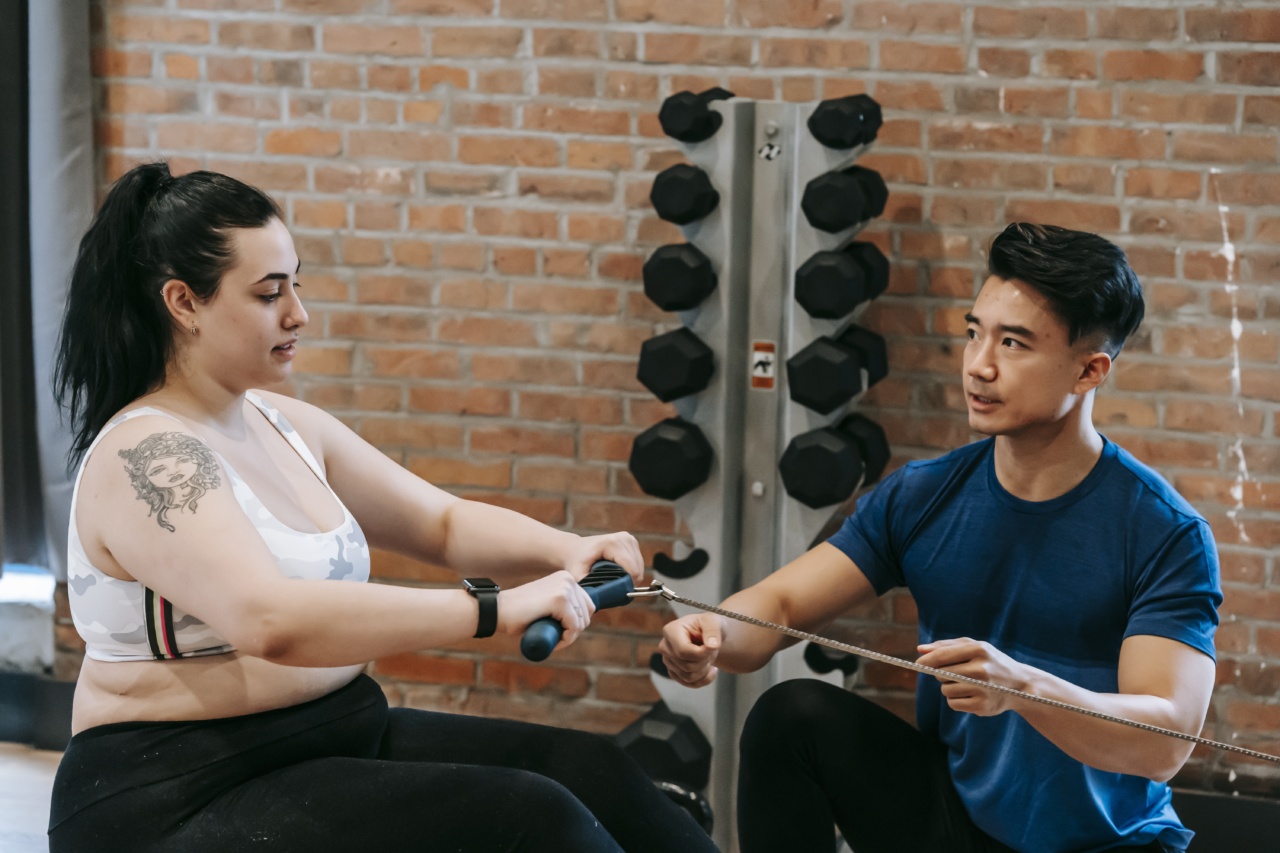As we age, our muscles naturally begin to atrophy and weaken. This process, called sarcopenia, can lead to a multitude of health problems, including decreased mobility, loss of balance, and increased risk of falls.
While there is no way to completely stop the aging process, there are steps we can take to slow it down and maintain our muscle mass. One of the most effective ways to combat sarcopenia is through resistance training.
What is Resistance Training?
Resistance training, also known as strength training or weightlifting, is a form of exercise that targets your muscles with resistance. This can be done using weights, resistance bands, or even your own body weight.
The goal of resistance training is to make your muscles work harder than they are used to, which helps to stimulate growth and strength.
How Does Resistance Training Help with Aging?
Resistance training has been shown to have a myriad of benefits for aging adults. One of the most important benefits is that it can help to slow down or even reverse the effects of sarcopenia.
By challenging your muscles with resistance, you can stimulate muscle growth and prevent the loss of muscle mass that is common with aging.
In addition to preventing muscle loss, resistance training can also help to improve overall strength and mobility. This can help to prevent falls and injury, which is especially important for aging adults who may be more prone to accidents.
Resistance training can also help to improve bone density, which can help to prevent osteoporosis.
How to Get Started with Resistance Training?
If you are interested in starting a resistance training program, it is important to start slowly and gradually increase the resistance over time. This will help to prevent injury and ensure that you are using proper technique.
It is also important to work with a qualified fitness professional, such as a certified personal trainer, who can help you to develop an appropriate program for your fitness level and goals.
They can also help to ensure that you are using proper technique and form, which is crucial for preventing injury.
Types of Resistance Training
There are many different types of resistance training that you can incorporate into your exercise routine. Here are some of the most common:.
Free Weights
Free weights, such as dumbbells and barbells, are a popular form of resistance training. They are versatile and can be used to target specific muscle groups.
Resistance Bands
Resistance bands are another form of resistance training. They are lightweight and portable, which makes them a great option for home workouts or for people who travel frequently.
Bodyweight Exercises
Bodyweight exercises, such as push-ups, squats, and lunges, are a great way to incorporate resistance training into your exercise routine without the need for any equipment.
Conclusion
Resistance training is an effective way to combat the effects of aging and maintain your muscle mass. It can help to improve overall strength and mobility, prevent falls and injury, and improve bone density.
If you are interested in starting a resistance training program, be sure to work with a qualified fitness professional and start slowly to ensure proper technique and prevent injury.




























